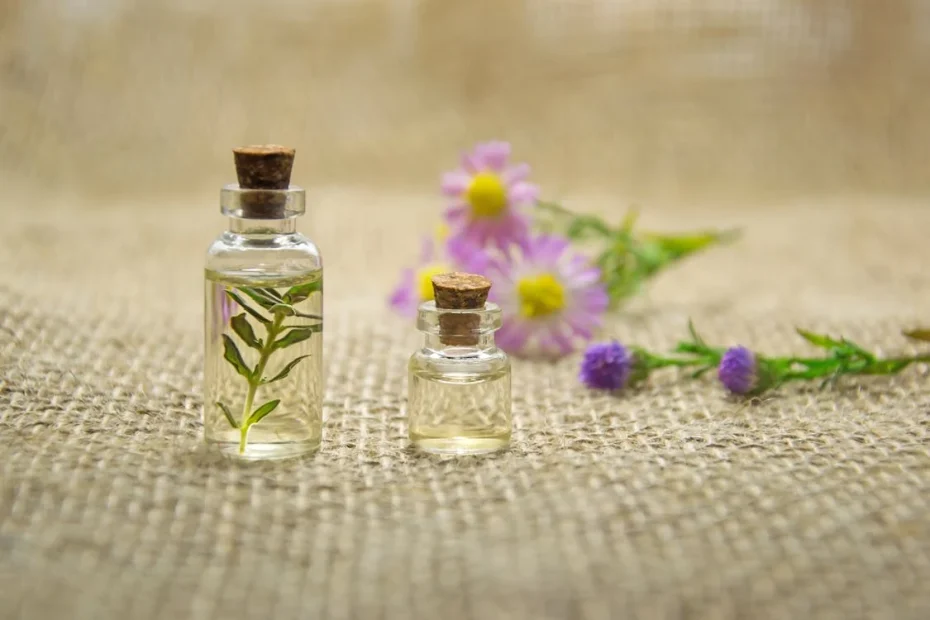Between Spots and Hopes: When Nature Becomes a Path
Living with vitiligo means facing more than just a skin condition—it’s also an emotional journey. The white patches that appear, often unpredictably, affect not only one’s appearance but also self-esteem, self-image, and social interactions. When conventional treatments fail to deliver the desired results—or come with unwanted side effects—it’s natural to seek alternative paths. That’s where natural treatments come into play.
But what truly works? Which alternatives show promise? And what might seem harmless but actually pose risks? In this article, we explore the most popular natural treatments for vitiligo, their benefits and limitations—always emphasizing this fundamental truth: there are no miracles, and medical guidance is essential.
Why Do So Many People Seek Natural Treatments for Vitiligo?
The answer is simple: hope. Vitiligo still lacks a definitive cure, and many patients feel that traditional treatments—such as corticosteroid creams, immunomodulators, or phototherapy—are slow, expensive, or cause undesirable effects. Additionally, the idea of treating the body with natural elements feels safer, more accessible, and even comforting.
Another contributing factor is the growing emphasis on holistic well-being: body, mind, and spirit. This includes functional foods, essential oils, light therapies, meditation, among others.
1. Essential Oils: Healing Aromas?
Among natural treatments, essential oils have gained popularity due to their anti-inflammatory, healing, and antioxidant properties.
🌿 Nigella Oil (Black Cumin)
Studies suggest that this oil has immunomodulatory effects and may help reduce the progression of vitiligo. Some individuals report slight repigmentation in small areas with regular topical use.
Pros:
-
Natural and easy to apply;
-
Potential anti-inflammatory properties;
-
May assist in mild cases.
Cons:
-
Limited efficacy;
-
Risk of allergies or irritation if used undiluted;
-
Does not replace medical treatment.
🌼 Rosehip Oil
Known for stimulating skin regeneration. Although there are no studies confirming a direct effect on vitiligo, it can help keep the skin hydrated and nourished.
Tip: Always dilute essential oils in carrier oils like coconut or jojoba. Never apply directly to the skin.
2. Natural Light Therapies: Sun and Responsibility
Sun exposure, when done cautiously, can aid in repigmenting patches. This occurs because UVB rays stimulate melanocytes (cells responsible for skin pigmentation).
☀️ Natural Phototherapy (Heliotherapy)
This practice involves exposing affected areas to sunlight for a few minutes daily, preferably in the early morning hours.
Pros:
-
Stimulates melanin production;
-
Free and accessible;
-
Can complement clinical phototherapy.
Cons:
-
Excessive exposure can cause burns;
-
May trigger new patches in some cases;
-
Should be supervised by a dermatologist.
Important: Even though it’s natural, excessive sun exposure can worsen vitiligo, especially without proper protection on unaffected areas.
3. Medicinal Plants: Can a Tea Work Wonders?
Phytotherapy—the use of plants with medicinal properties—is an age-old ally of humanity. But in the case of vitiligo, it’s essential to separate tradition from science.
🌿 Aloe Vera
Rich in antioxidants and enzymes that promote cellular regeneration. Applied to the skin, it can help alleviate inflammation and keep the area hydrated.
🍃 Ginkgo Biloba
Initial research suggests that Ginkgo extract may help slow the progression of vitiligo and, in some cases, stimulate repigmentation due to its antioxidant and vasodilatory effects.
Pros:
-
Potential antioxidant and anti-inflammatory properties;
-
Long-standing use in various cultures;
-
Can be used as a supplement under guidance.
Cons:
-
Few conclusive clinical studies;
-
May interact with medications;
-
Improper use can lead to adverse effects.
4. Natural Supplementation: Nutrients Worth Their Weight in Gold
Many individuals with vitiligo exhibit deficiencies in vitamin B12, D, zinc, copper, and folic acid. Natural supplementation can be part of the treatment, provided it’s personalized and guided by professionals.
💊 Common Examples:
-
Vitamin D3: Essential for immune regulation.
-
Zinc: Plays a role in skin regeneration and immunity.
-
Folic Acid and B12: Aid in cellular metabolism and may contribute to repigmentation.
Avoid self-medication. Both deficiency and excess of micronutrients can be harmful.
5. Anti-Inflammatory Diet: Nourishment as Treatment
Foods that combat inflammation and balance the immune system can contribute to overall skin health improvement.
🥗 What to Include:
-
Dark green leafy vegetables;
-
Red fruits (blueberries, strawberries, grapes);
-
Omega-3-rich fish (salmon, sardines);
-
Nuts and seeds (cashews, walnuts, almonds);
-
Garlic, turmeric, and ginger.
❌ What to Avoid:
-
Refined sugar;
-
Fried and processed foods;
-
Gluten and lactose (in specific cases);
-
Excessive alcohol.
6. Integrative Practices: Aligning Mind and Body

In many cases, vitiligo appears or worsens after periods of intense stress, grief, separations, or emotional trauma. Therefore, therapies that focus on emotional balance can offer real benefits.
🧘♂️ Examples:
-
Meditation and mindfulness;
-
Acupuncture;
-
Yoga;
-
Cognitive-behavioral therapy.
These approaches don’t repigment the skin but help individuals cope better with the condition and may reduce emotional triggers that influence vitiligo progression.
What to Avoid: Essential Warnings
Not everything natural is automatically safe. Caution, common sense, and always consulting a dermatologist or qualified phytotherapist are crucial.
⚠️ Avoid:
-
“Miracle” treatments sold online;
-
Homemade recipes with acidic or aggressive products;
-
Excessive use of undiluted essential oils;
-
Uncontrolled or unprotected sun exposure;
-
Supplementation without laboratory tests.
Desperation for quick results can lead to dangerous actions—including burns, allergies, and worsening of the condition.
Real Stories: Between Healing and Self-Acceptance
There are accounts of individuals who, by adopting a combination of healthy eating, controlled sun exposure, and integrative practices, observed significant improvement in skin pigmentation and overall well-being. Others found in natural care a path to reconnect with themselves.
On the other hand, some have not noticed any improvement. And that’s okay: each body is unique, and the primary goal should always be physical and emotional health.
Conclusion: Nature Isn’t a Miracle, But It Can Be Part of the Journey
Natural treatments for vitiligo don’t replace medical supervision. But they can—and should—be considered allies, provided they’re approached responsibly, informedly, and with professional guidance.
The key lies in balance: listening to your body, seeking knowledge, and never falling for miracle promises. After all, treating vitiligo is also a journey of self-discovery and self-care.
If you’re on this journey, remember: you’re not alone, and what makes you unique can also be your strength. Looking to nature as an ally, without abandoning science, can be the starting point for a new chapter—lighter, more conscious, and more connected with yourself.
